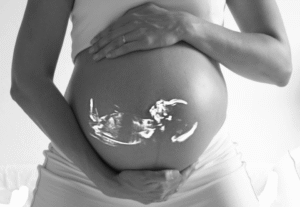Definition/Description-
Scoliosis refers to a spinal mal-alignment, that is an abnormal lateral curvature of the spine. It is often diagnosed in childhood.
The spine’s normal curves position the head over the pelvis.
Spinal Anatomy
The vertebral column normally consists of 24 separate bony vertebrae from cervical to lumbar. It also consists of 5 fused vertebrae that form the sacrum, and 4 fused vertebrae that form the coccyx
Epidemiology
- Scoliosis can develop in early childhood or also in infancy
- Occurs around 10-15 years age, equally in both genders
Causes of scoliosis
Idiopathic-
- Exclusion of other causative factors
- Majority cases are idiopathic
Congenital-
Results from embryological malformation, congenital scoliosis is usually detected at birth or at a younger age
Neuromuscular-
- it is secondary to neurological or also muscular diseases.
- This type of scoliosis is characterised by rapid progression
- Requires surgical correction
Characteristics/Clinical Presentation of scoliosis-
- Sideways curvature of the spine
- Posture tilted laterally
- Local muscular aches and also pain
- Uneven shoulder and pelvis levels
- Decline in respiratory function
Medical Management
surgical treatment – If the major curvature remains progressive despite conservative management
Conservative Treatment
Braces- Milwaukee brace
Surgical Treatment –
- The most common type of surgery is spinal fusion. In this surgery, two or more of the vertebrae are fused together.
Physical therapy and scoliosis-
It helps with the following-
- Autocorrection
- Ergonomical corrections
- Muscular endurance/ strength
- Neuromotor control
- Increase of ROM
- Respiratory capacity
- Stabilization
- Restoring muscular symmetry
Conclusion
- Management interventions differ on the type, severity and features of the patient
- Few cases may require surgical intervention whereas few require only monitoring based on severity.
- A strong, supportive peer group can have a significant impact on the child.
Also read- https://vcurehealthcare.com/orthopedic-emergencies-read-about-compartment-syndrome/





